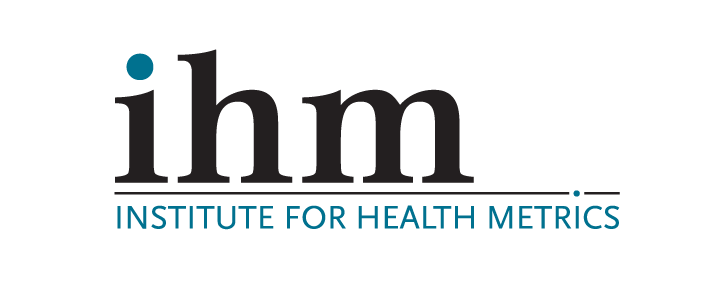Missing a Piece?
Community hospital patient data are underrepresented in licensable Real-World Data (RWD)
Despite representing 44% of all hospitals, community hospital patients are not well represented in RWE datasets. This data gap exists because most clinical datasets are sourced today from academic medical centers/health systems. At IHM, we’ve conducted multiple overlap analyses with many datasets and we consistently find that only 15% of our community patient population is also found in the broader data marketplace.
Not including the community hospital population in model building overlooks profound differences in these two populations. These differences include:
Demographics:
Socioeconomic Status: Community hospital patients often come from lower socioeconomic backgrounds compared to those served by academic medical centers/health systems
Geographic Location: Community hospitals serve local populations, including rural or underserved areas, while academic medical centers/health systems are usually located in urban areas and may draw patients from a broader geographic region.
Health Conditions:
Chronic Diseases: Community hospital patients have a higher prevalence of chronic diseases such as diabetes, hypertension, and obesity, often due to socioeconomic factors, and more limited access to preventive care.
Acute and Primary Care: Community hospitals frequently deal with a higher volume of acute and primary care cases, while academic medical centers/health systems deliver more complex, specialized care and advanced treatments.
Cultural and Social Factors:
Health Literacy: Community hospital patients may have varying levels of health literacy, which can impact how they interact with healthcare systems and adhere to medical advice.
Social Determinants of Health: Factors such as education, income, and access to healthy food can differ significantly between patients in community hospitals and those at academic medical centers/health systems, influencing health outcomes.
Insurance and Payment:
Insurance Coverage: Community hospital patients have more diverse payment coverage, including higher proportions of Medicare, Medicaid or uninsured individuals, compared to patients at academic medical centers/health systems
Care Coordination:
Integrated Care: academic medical centers/health systems often have extensive networks for integrated care, including multidisciplinary teams and access to cutting-edge treatments, whereas community hospitals have more limited resources and fewer specialists on site.
So What?
Not including patient data from community hospitals in AI models leads to false or misleading results because the model lacks a comprehensive understanding of the diverse patient populations it needs to serve. Here’s how:
Biased Training Data: academic medical centers/health systems often deal with more complex cases, which may not reflect the broader population's health issues. Without data from community hospitals, the AI model may overfit to these complexities, assuming that rare or severe conditions are more common than they actually are. This can lead to the AI generating inappropriate or overly aggressive treatment recommendations for patients with more typical health profiles seen in community settings.
Gaps in Population Representation: Community hospitals often serve different demographics, including rural populations, the elderly, or those with limited access to specialized care. Excluding this data can lead to gaps in the AI's understanding of these groups, causing it to make inaccurate predictions or fail to identify patterns of disease or response to treatment that are unique to these populations.
Overgeneralization: An AI model trained predominantly on academic medical centers/health systems data might overgeneralize, assuming that all patients share similar characteristics, access to resources, and treatment pathways. When applied to patients in a community hospital setting, the model might produce recommendations based on this skewed perspective, leading to errors that could compromise patient safety.
Inaccurate Predictions and Recommendations: Without the variability introduced by community hospital data, the model might become overly confident in its predictions. For example, it might suggest rare diagnostic tests or expensive interventions that are neither necessary nor accessible for community hospital patients.
In summary, community hospitals and their patients represent different populations, and overlooking them risks developing an incomplete understanding of healthcare needs, leading to false conclusions or recommendations that don’t align with real-world patient care across diverse settings.
Want to learn more?
Contact us about a free overlap analysis with your data and an evaluation of IHM’s community hospital real world clinical data: https://www.healthmetrics.org/contact
About IHM
The Institute for Health Metrics (IHM) manages a collaborative of community hospitals across the US who share data for research and commercial purposes in exchange for data services and Social Determinants of Health data needed to further health equity for their patients and in their communities.

